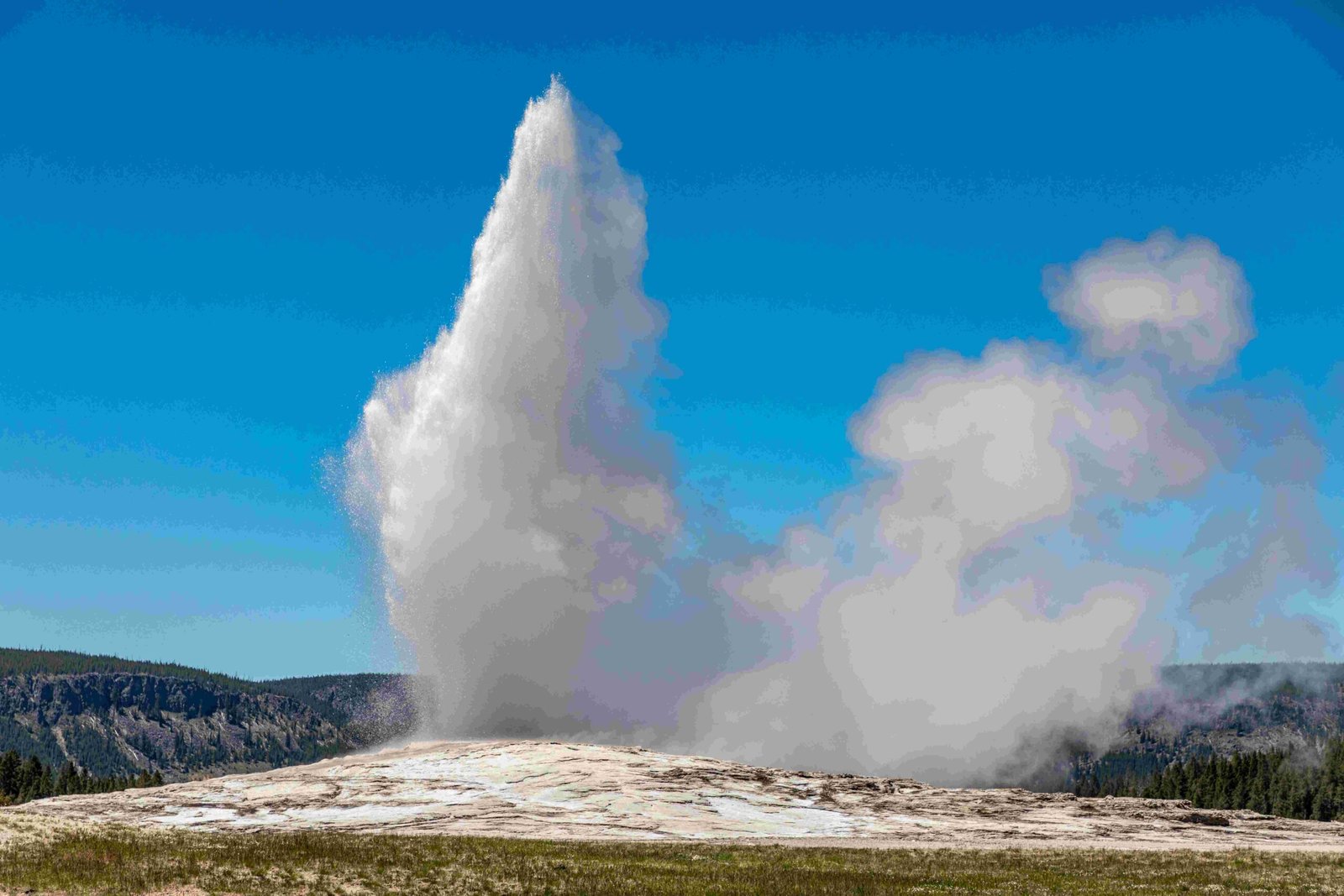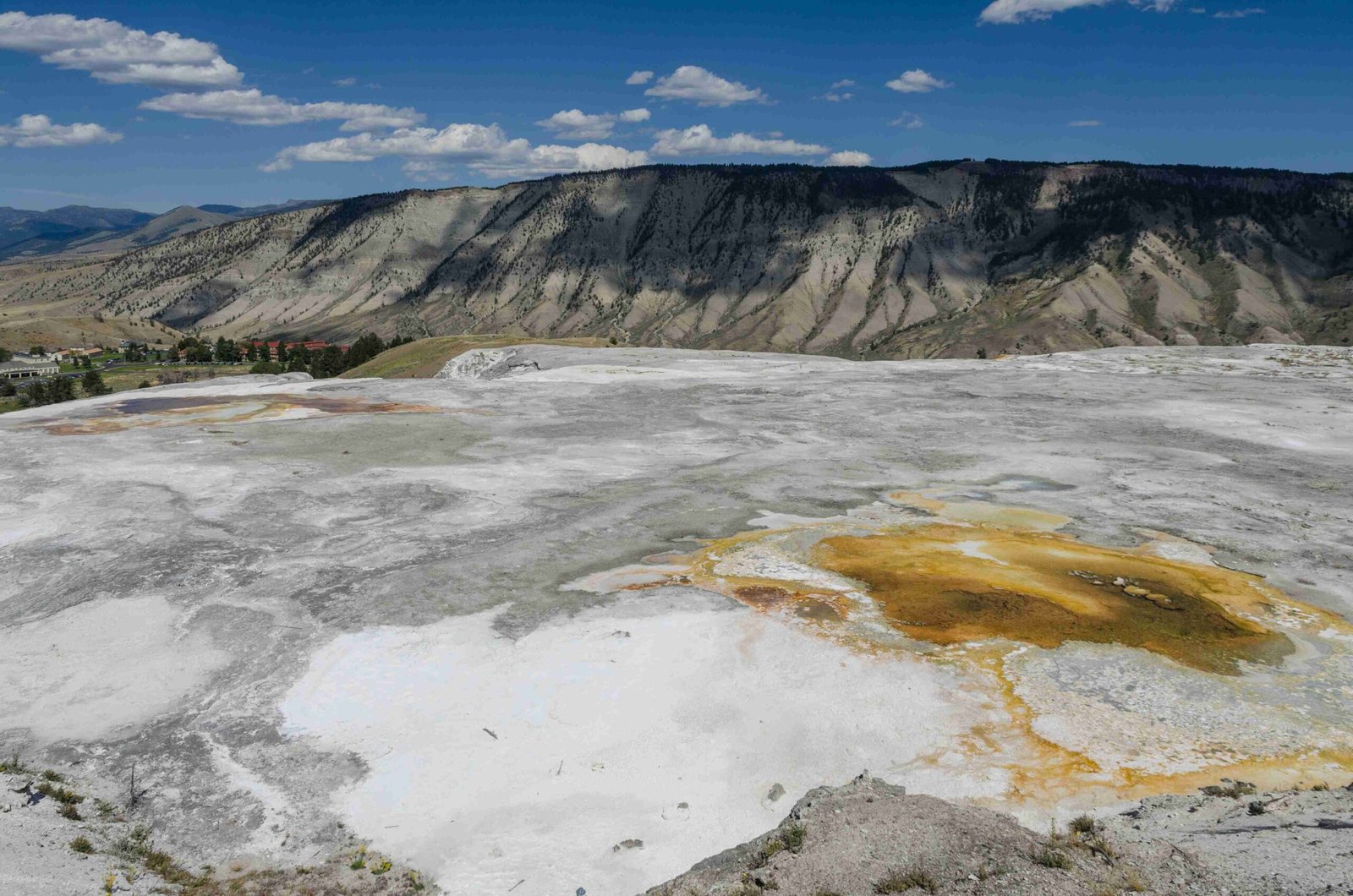Yellowstone National Park’s net worth is not directly quantifiable as a traditional asset. However, its economic impact is substantial. In 2023, 4.5 million visitors spent $623 million in nearby communities, generating $828 million in economic benefits. The park’s value lies in its ecological significance, tourism revenue, and contribution to local economies, rather than a specific monetary figure.
What is the Estimated Financial Value of Yellowstone National Park?

While Yellowstone National Park doesn’t have a traditional net worth, its economic impact is significant:
- Annual visitor spending: $623 million (2023)
- Total economic benefit: $828 million (2023)
- Jobs supported: 8,560 (2023)
The park’s value extends beyond monetary metrics, encompassing its ecological, historical, and recreational significance. Organizations supporting the park, like Yellowstone Forever, have held assets of up to $21 million in the past.
How Does Yellowstone National Park Generate Revenue?

Yellowstone National Park’s revenue sources are primarily indirect:
- Entrance fees
- Concessionaire operations (lodging, dining)
- Visitor spending in nearby communities
The majority of economic impact comes from visitor spending outside the park boundaries. In 2023, this spending supported 8,560 jobs and generated $828 million in economic benefits for local communities.
What is the Economic Impact on Surrounding Communities?
Yellowstone National Park significantly boosts local economies:
- Visitor Spending: $623 million (2023)
- Jobs Supported: 8,560 (2023)
- Total Economic Output: $828 million (2023)
This impact extends nationally, with visitor spending across all national parks supporting 415,400 jobs and providing $19.4 billion in labor income.
How Do Visitor Spending Patterns Affect the Park’s Economy?
Visitor spending patterns in and around Yellowstone National Park are diverse:
| Sector | National Economic Output | Jobs Supported |
|---|---|---|
| Lodging | $9.9 billion | 89,200 |
| Dining | $5.2 billion | 68,600 |
While specific figures for Yellowstone aren’t provided, these national statistics reflect the significant impact of visitor spending on various sectors.
What Factors Influence Yellowstone’s Economic Value?
Several factors contribute to Yellowstone’s economic value:
- Visitor Numbers: 4.5 million visitors in 2023
- Natural Resources: Unique geothermal features, wildlife, and landscapes
- Historical Significance: First national park in the world
- Recreational Opportunities: Hiking, camping, wildlife viewing
- Scientific Value: Research opportunities in geology, ecology, and biology
These factors combine to create a unique destination that drives tourism and economic activity in the region.
How Does Yellowstone Compare to Other National Parks Economically?
While specific comparisons aren’t provided in the available data, Yellowstone’s economic impact is substantial:
- Yellowstone’s $828 million economic benefit in 2023
- National parks collectively generated $55.6 billion in economic output
Yellowstone’s contribution is significant, but it’s part of a larger system of national parks that collectively have an enormous economic impact.
What Are the Long-term Economic Projections for Yellowstone?
Long-term economic projections for Yellowstone National Park are not explicitly stated in the available data. However, several factors suggest continued economic significance:
- Consistent visitor numbers (4.5 million in 2023)
- Ongoing conservation efforts maintaining park appeal
- Increasing global interest in eco-tourism and natural heritage sites
These factors indicate that Yellowstone will likely continue to be a significant economic driver for local communities and the broader U.S. economy.
How Does Climate Change Impact Yellowstone’s Economic Value?
Climate change poses potential risks to Yellowstone’s economic value:
- Altered ecosystems could affect wildlife viewing opportunities
- Changes in water availability might impact geothermal features
- Increased fire risks could temporarily reduce visitor numbers
However, the park’s adaptive management strategies aim to mitigate these impacts and maintain its appeal to visitors.
What Role Do Partnerships Play in Yellowstone’s Economic Ecosystem?
Partnerships are crucial to Yellowstone’s economic ecosystem:
- Concessionaires: Provide essential services within the park
- Local Businesses: Benefit from and support tourism
- Non-profit Organizations: Like Yellowstone Forever, support conservation efforts
- Research Institutions: Contribute to scientific understanding and park management
These partnerships enhance the visitor experience, support conservation efforts, and contribute to the overall economic impact of the park.
In conclusion, while Yellowstone National Park doesn’t have a traditional net worth, its economic impact is substantial and multifaceted. The park’s true value lies in its ability to generate economic activity, support local communities, and preserve a unique natural and cultural heritage for future generations.
References:
1. Tourism to Yellowstone National Park contributes $828 million to local economy
2. Tourism to Yellowstone creates $834 million in economic benefits
3. 2023 National Park Visitor Spending Effects

